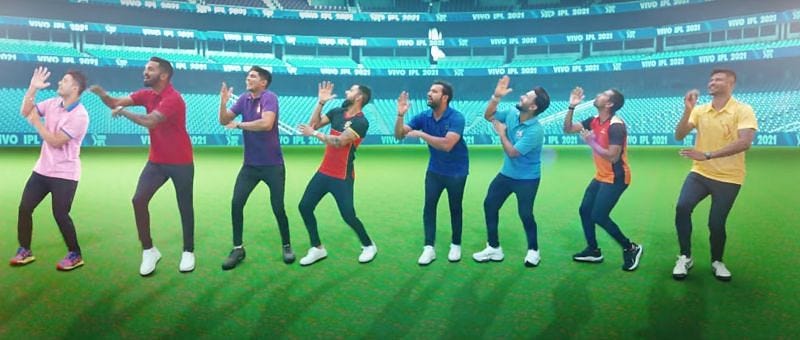Why the Star Sports campaign for IPL 2021 is such a disappointment
It commits the the greatest sin of modern marketing
The 2021 edition of the Indian Premier League begins tomorrow. Amid a second wave of the pandemic, just-completed important state elections, schools mostly closed and people desperate for a break from the despair, it arrives.
Make no mistake, it is threatened by these same factors yet (the Pakistan Super League had to be shut down and postponed). But the IPL is also one of the most cash-rich media properties in the world. If something will find a way to run its course in these times, it will be the IPL.
Which is also why the Star Sports campaign that launched it was so disappointing.
India ka apna mantra is a certified dud. Any buzz it has been able to garner is because of the meme nation making fun of it. You can read the comments under the video to see how upset people are.
And it’s not just that. The ads are downright offensive.
Consider this, the spot for the opening blockbuster game: Rohit Sharma’s Mumbai Indians vs Virat Kohli’s Royal Challengers Bangalore.
An intentionally dark-complexioned man, with a heavy south Indian accent, is singing in bad Hindi, representing RCB.
In 2021.
In an ad for India’s biggest sporting export across the world.
The R word just looms there, waiting to be summoned.
Who the hell thought this was a good idea?
I’m not talking about the agency here because by now they know they’ve blown it. No need to drag them. Mistakes happen, and marketing is tough.
But still. You had so much happening in the world, so many events, so many emotional hooks, so many themes. And this, this is what you made? Jeez.
Hold on, though.
Even with all of this, I don’t think the offensiveness and sheer laziness is its greatest fault. It’s been produced well, has a point (albeit a silly one), and can still be broadcast across the country. No, the sin it commits is something else, which is the real reason it has been universally panned.
The campaign is boring.
It’s uninspired, has nothing new to say, and is unremarkable in every way.
And in a world where there is so much to attract one’s attention and mental bandwidth, that’s the cardinal sin: To not stand apart, to be like everything else, to be boring.
I’ll repeat that lesson for marketers again, lest they don’t understand: Whatever you are, don’t be boring.
How not to be boring then? Well, we don’t need to go far. Some of the IPL’s campaigns of yesteryear were amazing creative set-pieces.
Have a look at this, from 2008, the inaugural edition. A friend had shared this on LinkedIn today.
How good was that!
Here’s my own favourite, the 2010 Saare Jahan se Accha spot.
The context was that the 2009 edition had been conducted in South Africa because of India’s general elections. But in 2010, the IPL was back where it belonged, and Sony Max let rip a rabble-rousing promo welcoming the league home. It’s set to one of India’s unofficial national anthems, the pre-partition Urdu song of the freedom movement Saare Jahan se Accha (Better than the whole world, our India).
It’s a reminder of what is possible in modern marketing and advertising if we put our minds to it: Send a message of unity and hope, actually bring people together. And because it means something, because it has heart, the ad is remembered a decade later.
In 2011, the Dum Lagaa ke Maara spot introduced the music that became the IPL’s calling card, sonic branding on an epic scale.
And if you are making the argument that the shift to Star Sports ruined the IPL ads, here’s their 2014 Keep Calm, an understated campaign for their (then) streaming service.
And of course, no throwback to old IPL campaigns can be complete without the acclaimed India ka Tyohaar spots. Again, note the themes of unity and hope and togetherness.
That is why this campaign is such a dud: We have seen all these great ads, and in comparison to them, this one means nothing. There’s nothing to remember, nothing to talk about. It is marketing’s greatest sin, committed on one of its biggest stages.
Related reading



